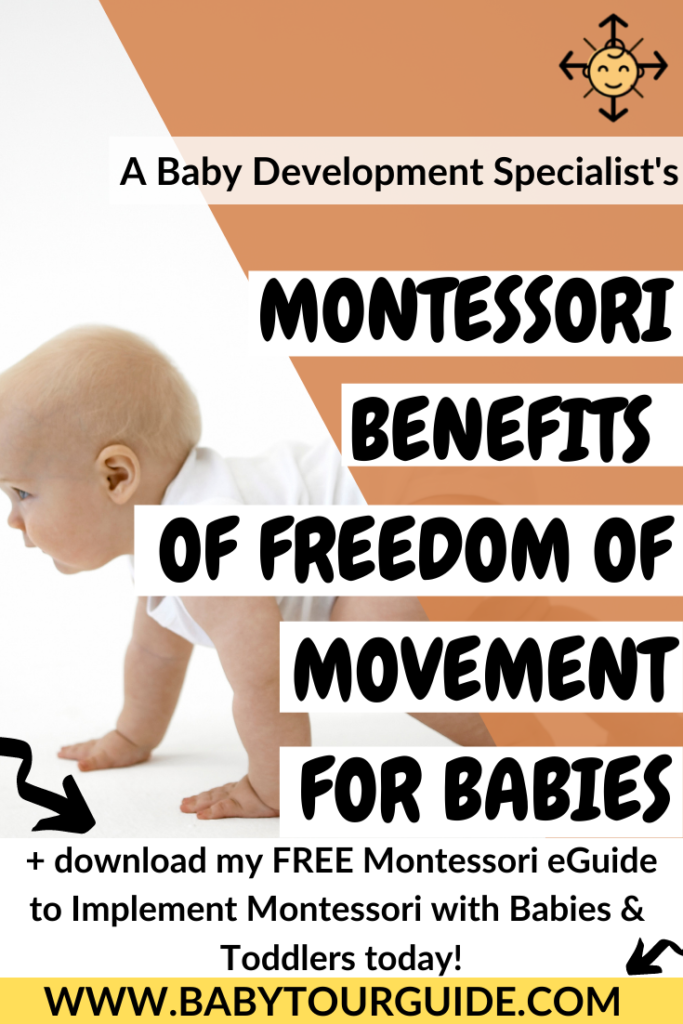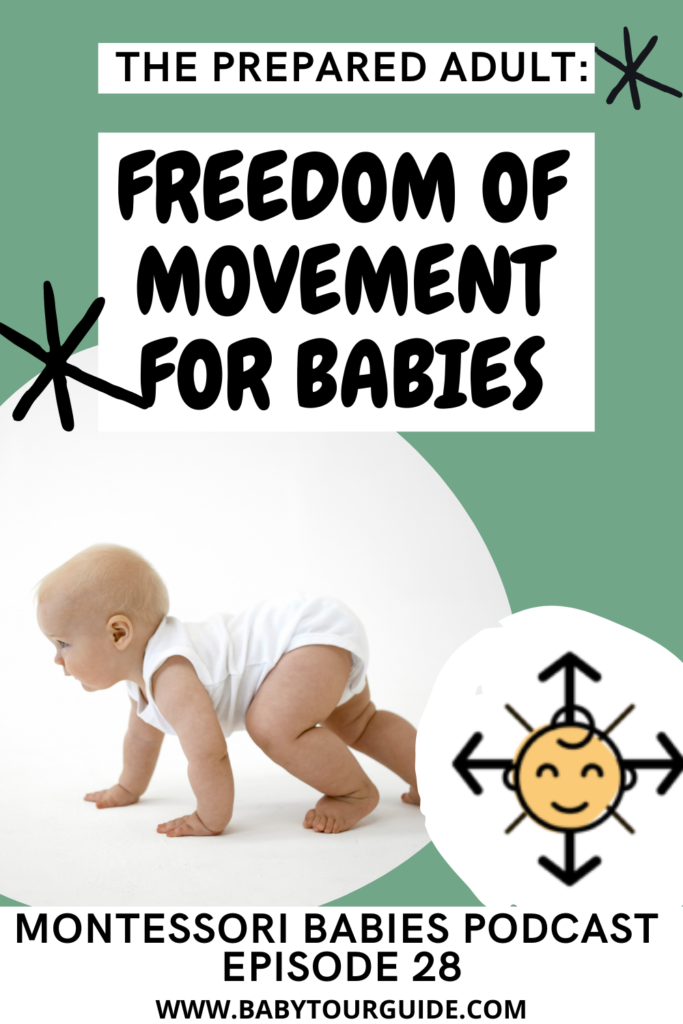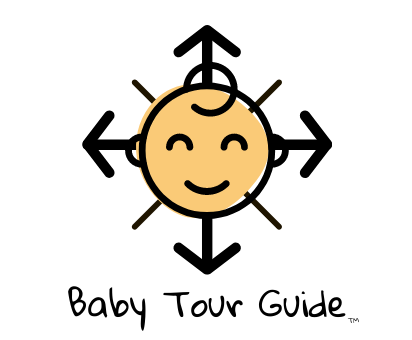Movement is essential for babies to learn to their full potential, and Montessori in infancy supports this! So let’s dive into the Montessori principle – freedom of movement – and apply it to babies!
The Inner Will to Move
So babies are naturally born with this beautiful innate inner will to learn about the world. And I know I talk about that a lot, and in my experience, you’ll see the center will the most when we set up their space and allow them to freely move within it. That way, they’re able to naturally guide themselves within their prepared environment.
So you’ll actually see just this beautiful, driven child going to explore these things within their space that they’re naturally driven to do. You know, it’s really beautiful. So freedom of movement applies to all ages in Montessori, but movement in infancy is just so essential.
The Importance of Movement to Early Learning
So movement is how our babies learn. Movement stimulates brain development necessary for learning about their world. Their entire body works together to create the amazing synapses as they explore their world through their senses using movement.

For example, babies brains double in size during their first year of life. So they are learning so much about their world within that first year and also within that first year. Babies go from, you know, squishy non-mobile newborns who are fully unable to hold up their heads. Then they grow to still squishy, but now cruising or walking, sometimes running babies who have now absorbed so much about their world.
And it’s just so incredible how quickly they’re learning through movement, through their exploration, through their senses. And it’s all interrelated and interconnected. So the idea of freedom of movement, or allowing babies inner will to drive their movement, in infancy is incredibly important for a lot of different reasons.
You hear me talk a lot about the inner will of the child. And what I mean by that is just the inner drive for our babies to learn about their new world. And you’ll see this inner will as they shake cabinets, or as they reach out and touch your face.
And say they’re laying on a carpeted rug beneath them and you see them moving their hands back and forth and really exploring that. All of that is exploration. It’s all movement and it’s all exploration through their senses.
Addressing Montessori Approach to Containers
So that freedom of movement piece is actually one of the reasons that in Montessori in infancy, containers aren’t often used. And what I mean by containers are things like bouncers, swings, seats, and stuff like that. (So things that would keep baby contained in one space for a chunk of time.)
Now don’t get me wrong, I know these are common practice and want everyone to know and feel like I just want you to make the best decisions for your family. Of course if there is not a safe (non container) space available to you, do what works for your family!
But I do want to explain the reasoning behind why they’re not used in Montessori and why the extra floor time and the extra practice and movement is just so incredibly beneficial for baby. So containers often restrict the natural positive movement that a child would naturally otherwise be doing if they were offered floor time. And having a prepared environment is key to being able to offer the vast amounts of floor time for baby!
Another thing to consider is that containers can often restrict the natural movement that a child naturally would be doing if they were offered that floor or just freedom of movement experience. I also have heard from physical therapists, that when used too early or too frequently, containers can put pressure on areas that maybe aren’t ready for that type of pressure.

It can affect the way that babies sit if they’re in some sort of contained seat when their body is not quite ready to sit yet. And that is just all good information to have. Again, I’m a huge proponent of informed decision making, so just offering you as much info as possible. 🙂
Example of Freedom of Movement While Doing Chores
One example of offering a movement opportunity while getting things done is if you’re folding laundry, baby can be on a mat on the floor by you observing or listening to you. You can talk about what you’re doing, or or perhaps even sing about what you’re doing! Make it a happy, together moment where baby is learning about the experience while next to you strengthening those muscles and using that inner will to move!
And Finally…
Anyway, I know this information just scratched the surface of the Montessori idea of freedom of movement, specifically in infancy. And there are tons of mini topics within this topic that are definitely going to be discussed in the future. But essentially, the more babies have the chance to move, the more opportunities they have to learn and grow as driven by them. And I will tell you from personal experience, it is so beautiful to witness.
Check out our Freedom of Movement Episode on our Montessori Babies Podcast to dive deeper into Freedom of Movement!
Xoxo,
Bianca, Your Baby Tour Guide
